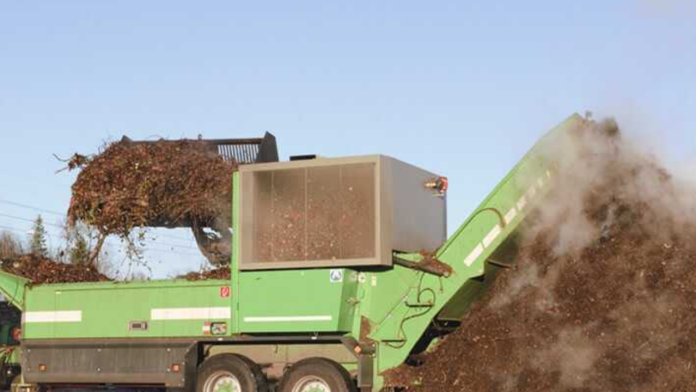Asphalt milling, also known as cold planing, is a manner used to remove a unique intensity of asphalt pavement in coaching for resurfacing or restoration. It involves using specialized equipment referred to as milling machines to grind and dispose of the antique pavement to the favored depth. This process not handiest ranges choppy surfaces and corrects imperfections but also improves the bonding among layers of the latest asphalt.
Asphalt milling is critical for maintaining avenue protection by restoring the right drainage and removing trip dangers. Moreover, it is an environmentally pleasant practice as it allows for recycling of antique asphalt, lowering the want for brand-spanking new materials and minimizing waste. Universal, asphalt milling plays an essential function in making sure durable, clean, and safe road surfaces for drivers and pedestrians alike.
Several Ways Enhancing Road Safety through Asphalt Milling
Asphalt milling, which involves removing part of a paved surface, contributes to road protection in several methods:
Surface Smoothing and Evenness
Smoothing out irregular road surfaces is one of asphalt milling’s main advantages. Due to several reasons such as weathering, frequent traffic, and settling of the underlying layers, roads may develop more bumps, potholes, and other abnormalities over time. These imperfections can compromise vehicle balance and management, leading to potential risks for drivers. By milling away the broken or worn-out surface layer, street crews create a smoother and greater even roadway. This development no longer only enhances riding comfort but also reduces the likelihood of accidents resulting from unexpected swerving or loss of manipulation due to uneven road surfaces.
Improving Traction and Grip
A freshly milled road surface is generally famous for higher traction traits. The process leaves a roughened texture that improves tire grip, especially at some stage in moist or slippery situations. Better traction reduces the danger of skidding and improves braking efficiency, crucial elements in preventing accidents. Moreover, the elevated friction between tires and the street surface enhances car stability in the course of maneuvers including cornering and lane modifications, thereby enhancing usual road protection.
Enhanced Drainage and Water Management
Enhanced drainage facilitated via asphalt milling performs a critical role in effective water management on roads. With the aid of leveling and smoothing the floor, milling improves water glide, decreasing the threat of hydroplaning and enhancing vehicle traction in moist situations. This proactive method complements street protection with the aid of minimizing status water, which may impair motive force visibility and management. Furthermore, efficient water management contributes to the longevity of street surfaces with the aid of lowering erosion and stopping structural damage, ensuring safer and greater durable transportation infrastructure.
Clearer Road Markings and Signage
Asphalt milling now not only addresses the bodily situation of the road surface but also improves the visibility and effectiveness of road markings and signage. By eliminating antique and tired markings at the side of the deteriorated surface, milling prepares the road for sparkling, clean markings. This ensures that drivers can effortlessly identify lane limitations, traffic signs, and other important information, improving their ability to navigate properly and make informed driving decisions.
Long-Term Structural Integrity
Preserving the structural integrity of roads is vital for making sure long-time period protection and sturdiness. Asphalt milling facilitates the extension of the lifespan of roads by preventing the progression of floor deterioration. By doing away with damaged regions and smoothing out imperfections, milling reduces the chance of cracks and potholes forming or increasing. This proactive approach no longer simply enhances avenue protection by imparting a smoother riding surface but additionally reduces the want for common repairs and maintenance, thereby minimizing disruptions to site visitors’ waft and improving usual road reliability.
Summary
Asphalt milling is fundamental for boosting road safety by way of smoothing surfaces, improving traction and drainage, and enhancing visibility. These benefits not only sell immediate upgrades in riding conditions but also contribute to long-term road sturdiness and sustainability. By effectively addressing surface imperfections and maintaining high protection requirements, asphalt milling performs a critical role in making safer trips for drivers and pedestrians alike.











